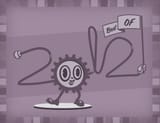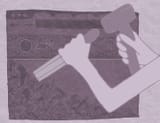
On Board with Artboards
Over the past nine months, our design team has been using Photoshop CC’s artboards feature (new with CC 2015). If you’re not familiar, artboards allow you to create multiple canvases within a single Photoshop file. While we had used artboards in Illustrator, the shift in Photoshop wasn’t a breeze. In the short term, artboards disrupted our keyboard-shortcut habits and file management workflow. Multiple design concepts and dozens of artboards later, they’re a part of every new design system we create.





